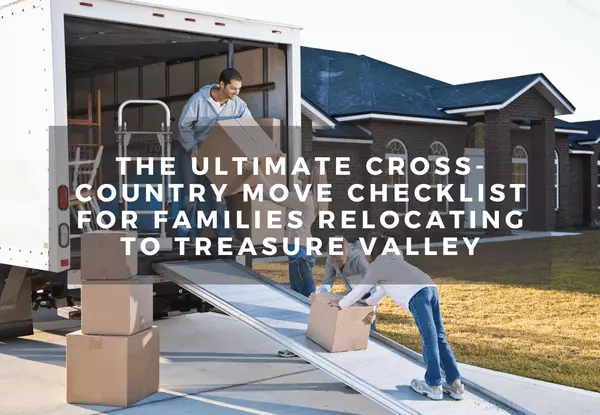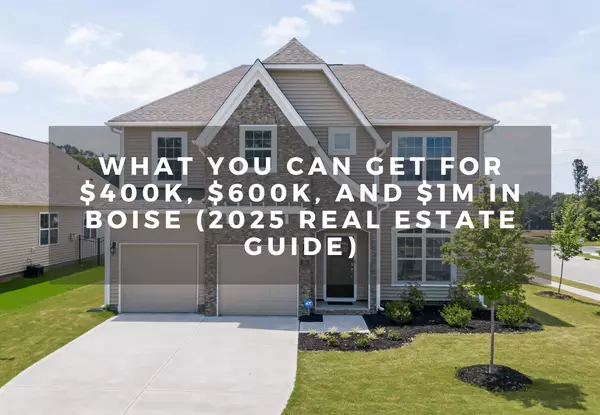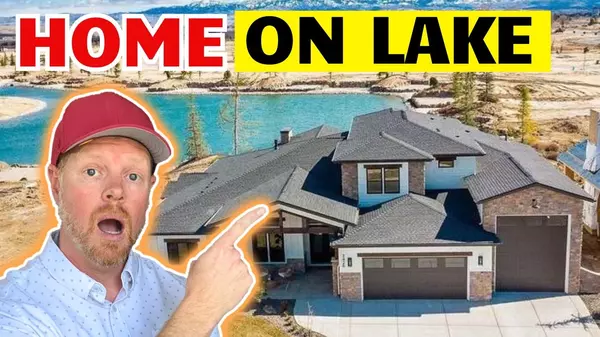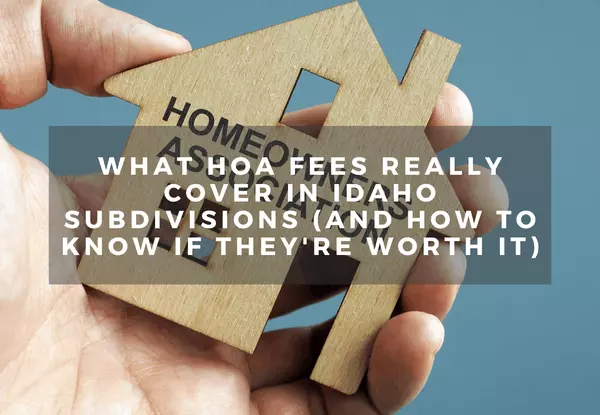Multi-Generational Housing in Treasure Valley: Extended Family Solutions

As family dynamics evolve, multi-generational living has gained prominence across the United States, including in Idaho's Treasure Valley. This lifestyle, where multiple generations share a home, offers economic benefits, strengthened family bonds, and practical solutions for caregiving. In this comprehensive guide, we'll explore the various property types suitable for extended family living in the Treasure Valley and discuss design adaptations that make multi-generational homes functional and comfortable for all residents.
Understanding Multi-Generational Living
Multi-generational households typically consist of two or more adult generations living under one roof. This arrangement can include grandparents, parents, adult children, and even extended family members. The rise in such living situations is attributed to factors like economic considerations, cultural preferences, and the desire for closer family connections.
Benefits of Multi-Generational Homes
Economic Advantages
Sharing a home allows families to pool resources, reducing individual financial burdens. Costs for mortgage, utilities, and maintenance can be distributed among family members, making homeownership more accessible.
Enhanced Family Support
Living together fosters stronger family bonds and provides built-in support systems. Grandparents can assist with childcare, while younger family members can help care for aging relatives, promoting mutual assistance and emotional well-being.
Efficient Use of Space
Multi-generational homes maximize the use of available space, accommodating more people without the need for additional properties. This efficiency is particularly beneficial in areas with limited housing availability.
Property Types Suitable for Extended Family Living
1. Homes with In-Law Suites
In-law suites are separate living areas within a home, often equipped with a bedroom, bathroom, and kitchenette. These suites provide privacy for extended family members while keeping them close.
2. Duplexes and Triplexes
Multi-family units like duplexes and triplexes offer separate living spaces under one roof. Each unit typically has its own entrance, kitchen, and bathroom, allowing for independence while maintaining proximity.
3. Homes with Finished Basements or Attics
Converting basements or attics into livable spaces can create additional private areas for family members. These conversions can include bedrooms, bathrooms, and small kitchenettes, depending on space and local building codes.
4. Properties with Accessory Dwelling Units (ADUs)
ADUs, also known as granny flats or guest houses, are secondary housing units on the same property as the main home. They provide complete living facilities and are ideal for extended family members seeking independence.
Design Adaptations for Multi-Generational Homes
Separate Entrances
Providing separate entrances for different living areas enhances privacy and autonomy for family members. This design feature is especially important for in-law suites and ADUs.
Multiple Kitchens or Kitchenettes
Including more than one kitchen or kitchenette allows family members to prepare meals independently, accommodating different schedules and dietary preferences.
Private Bathrooms
Ensuring each living area has its own bathroom reduces shared space conflicts and enhances comfort for all residents.
Flexible Common Areas
Designing common areas like living rooms and dining spaces to be flexible can accommodate large family gatherings while allowing for individual activities.
Soundproofing
Incorporating soundproofing materials between living areas minimizes noise transfer, contributing to a peaceful living environment.
Considerations for Building or Renovating Multi-Generational Homes
Local Zoning Laws and Building Codes
Before constructing or modifying a home for multi-generational living, it's crucial to understand local zoning laws and building codes. Regulations may affect the addition of ADUs, separate entrances, and other structural changes.
Accessibility Features
Incorporating accessibility features like ramps, wider doorways, and grab bars ensures the home accommodates family members of all ages and abilities.
Energy Efficiency
Implementing energy-efficient systems and appliances can reduce utility costs, which is beneficial when multiple generations share a home.
Future Flexibility
Designing spaces that can adapt to changing family dynamics over time ensures the home remains functional as needs evolve.
Finding Multi-Generational Homes in Treasure Valley
Treasure Valley offers a variety of properties suitable for extended family living. When searching for a multi-generational home, consider factors like location, size, layout, and potential for modifications.
For assistance in finding the perfect multi-generational home in Treasure Valley, visit We Know Treasure Valley. Our team is dedicated to helping families find homes that meet their unique needs, ensuring comfort and functionality for all generations.
Embracing multi-generational living can strengthen family bonds, provide economic benefits, and create a supportive environment for all members. With thoughtful design and planning, homes in Treasure Valley can be adapted to accommodate extended families, ensuring a harmonious and fulfilling living experience.
📞 Text or call Curtis at 208-510-0427
📩 Email: info@chismteam.com
Categories
Recent Posts










